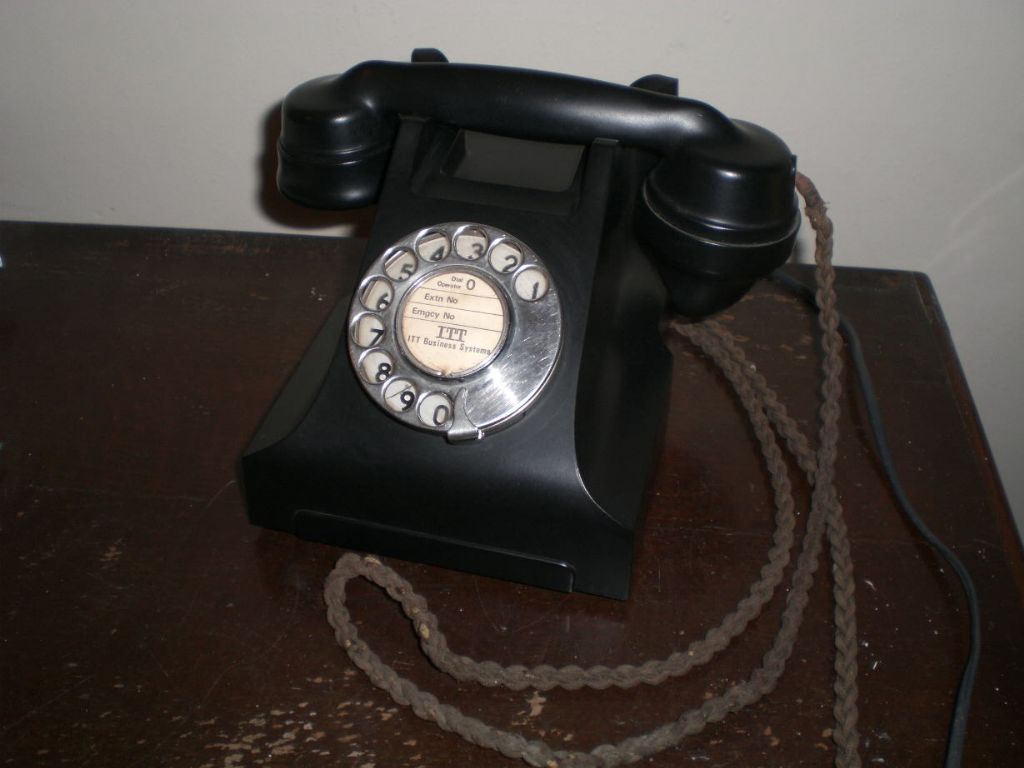The other alternative, to preclude a future problem, would be to replace the master socket faceplate with an ADSL one, assuming you have conventional copper broadband, and your ADSL router is plugged into the master socket.
This new faceplate includes a filter, so all downstream phone wiring no longer requires a filter.
Further to that, the incoming cable pair terminates in the backbox and has a test socket; the new faceplate plugs into that test socket. The internal house wiring to your extension socket(s) is connected to the faceplate.
This means, that should you suspect a line fault, i.e. no dial tone, you can remove the ADSL faceplate, and plug a test telephone directly into the test socket. If the phone now works, the incoming wiring is OK and your fault is internal to the house.
If you just called out an engineer to fix the line, and the fault proved to be internal, you would likely be charged for the visit.
Also when fault finding, note that the ADSL will work down one leg of the phone line, albeit at reduced speed, whereas dial tone needs both legs.
Bill
Alan Vos.





